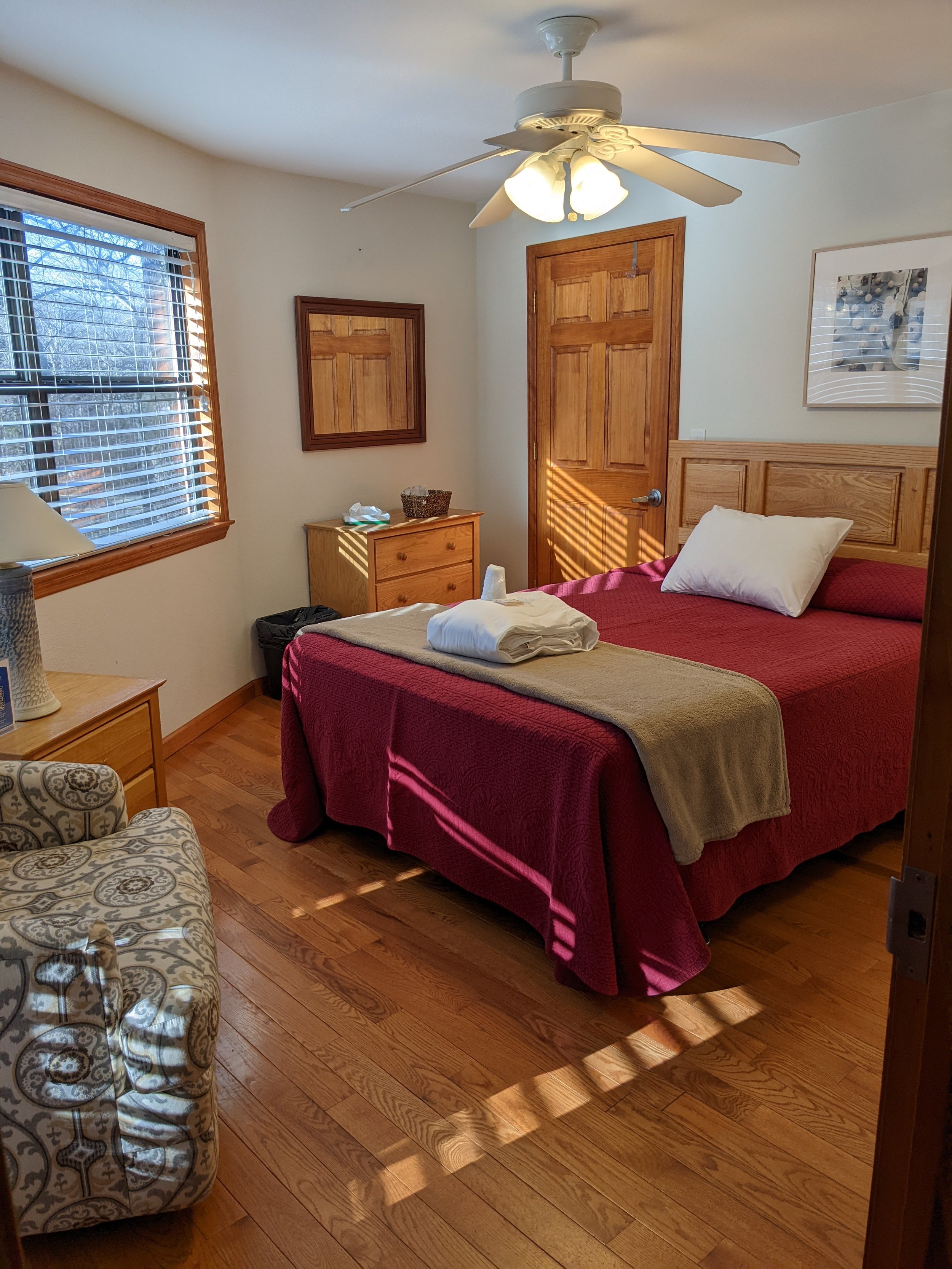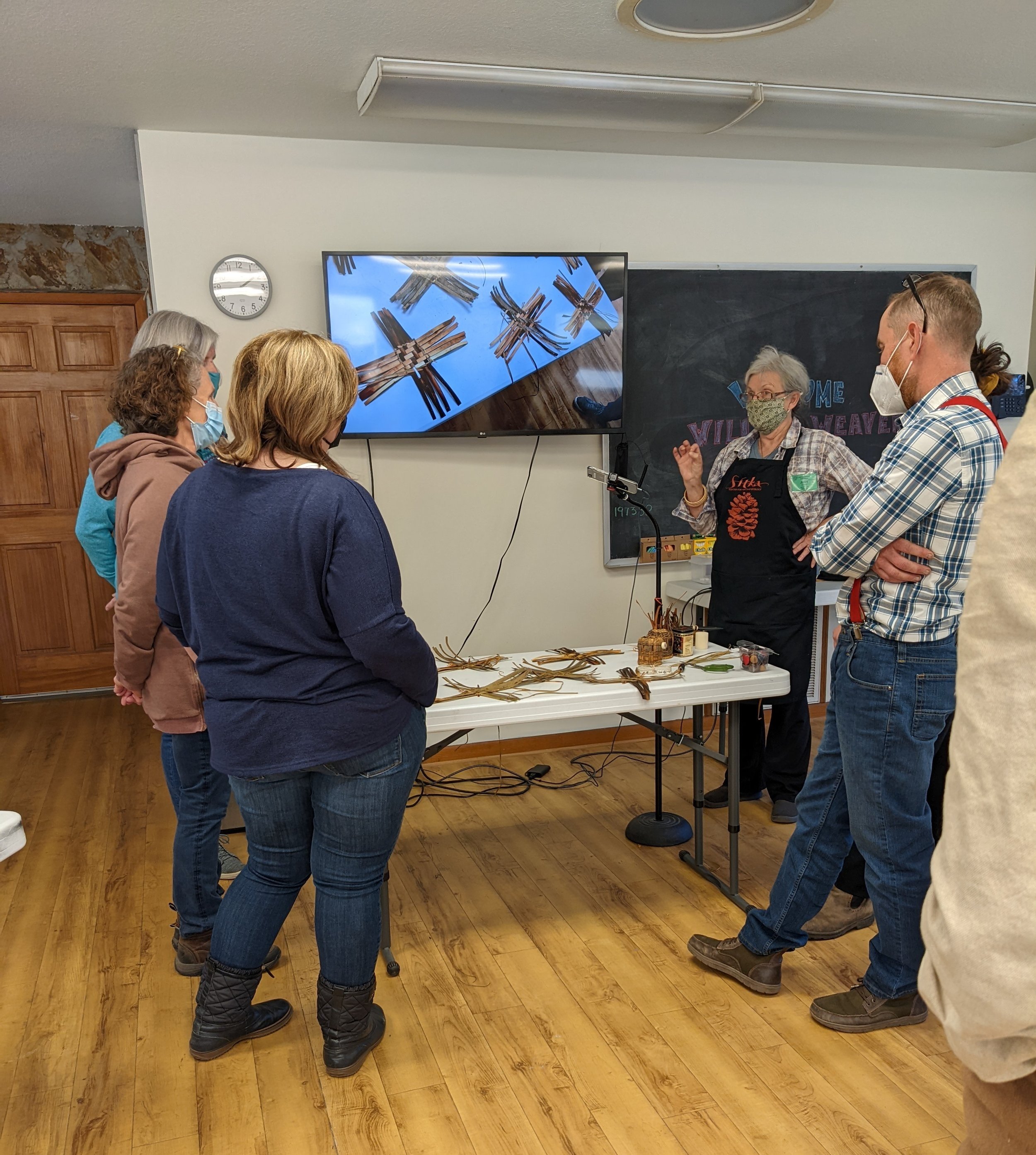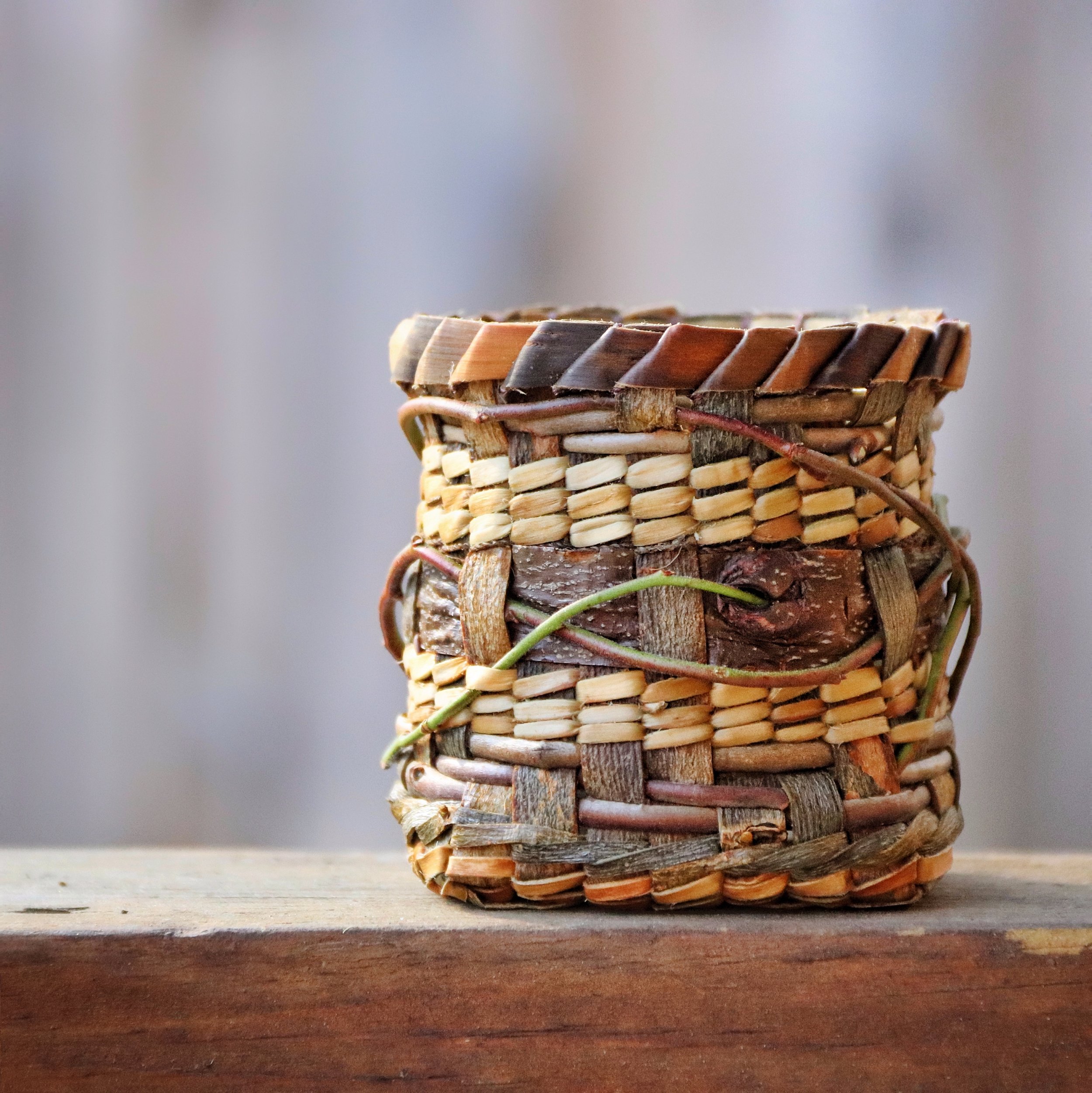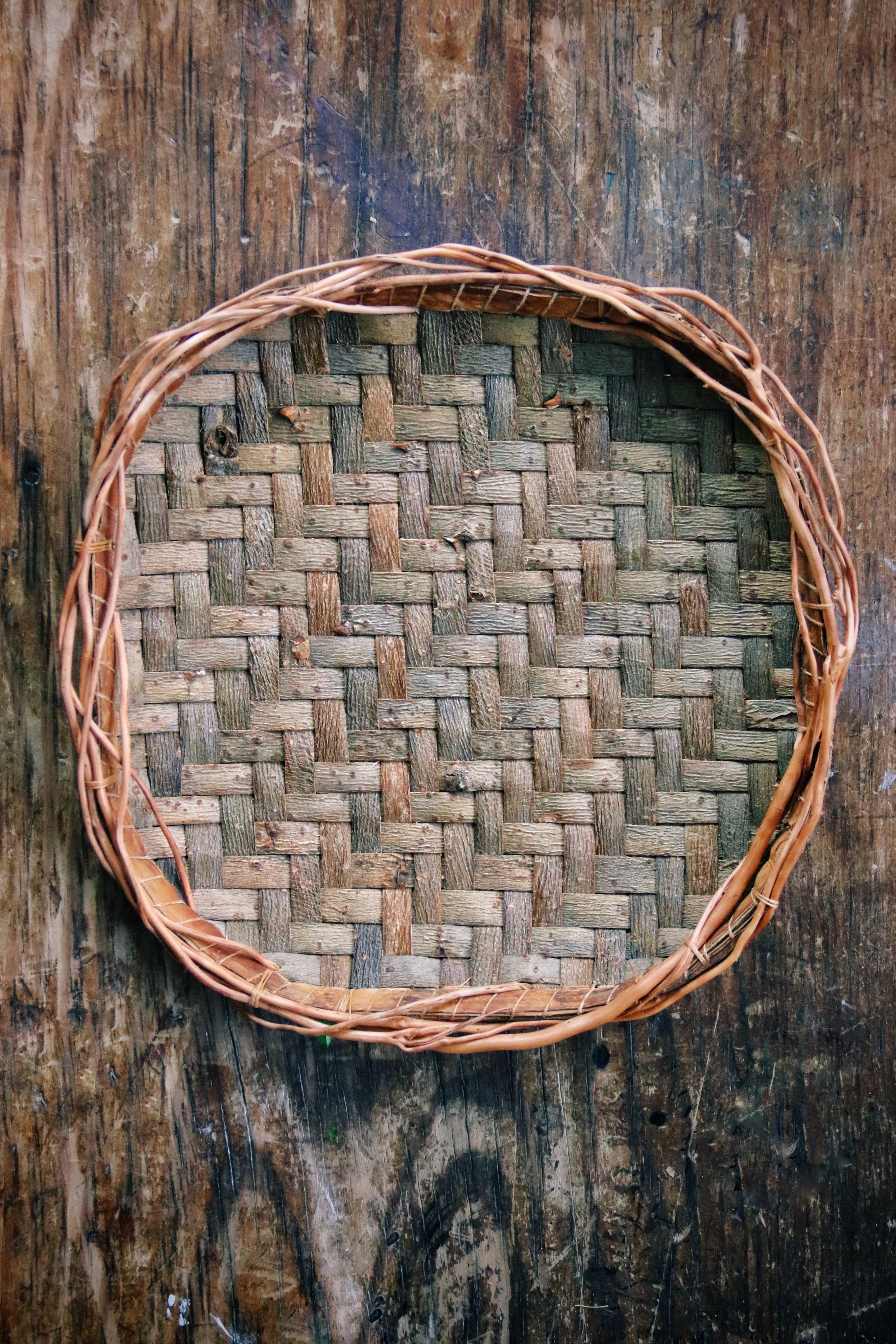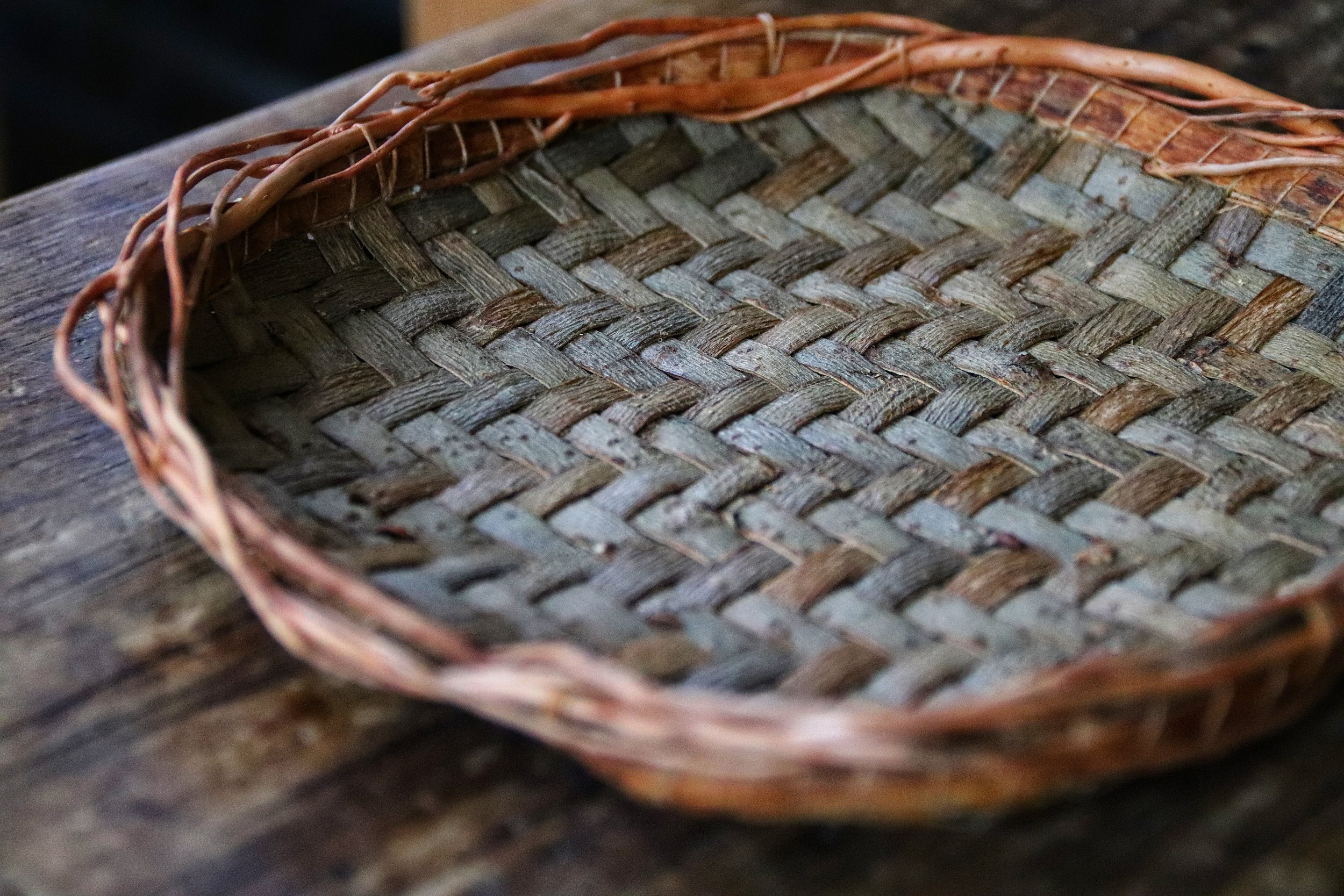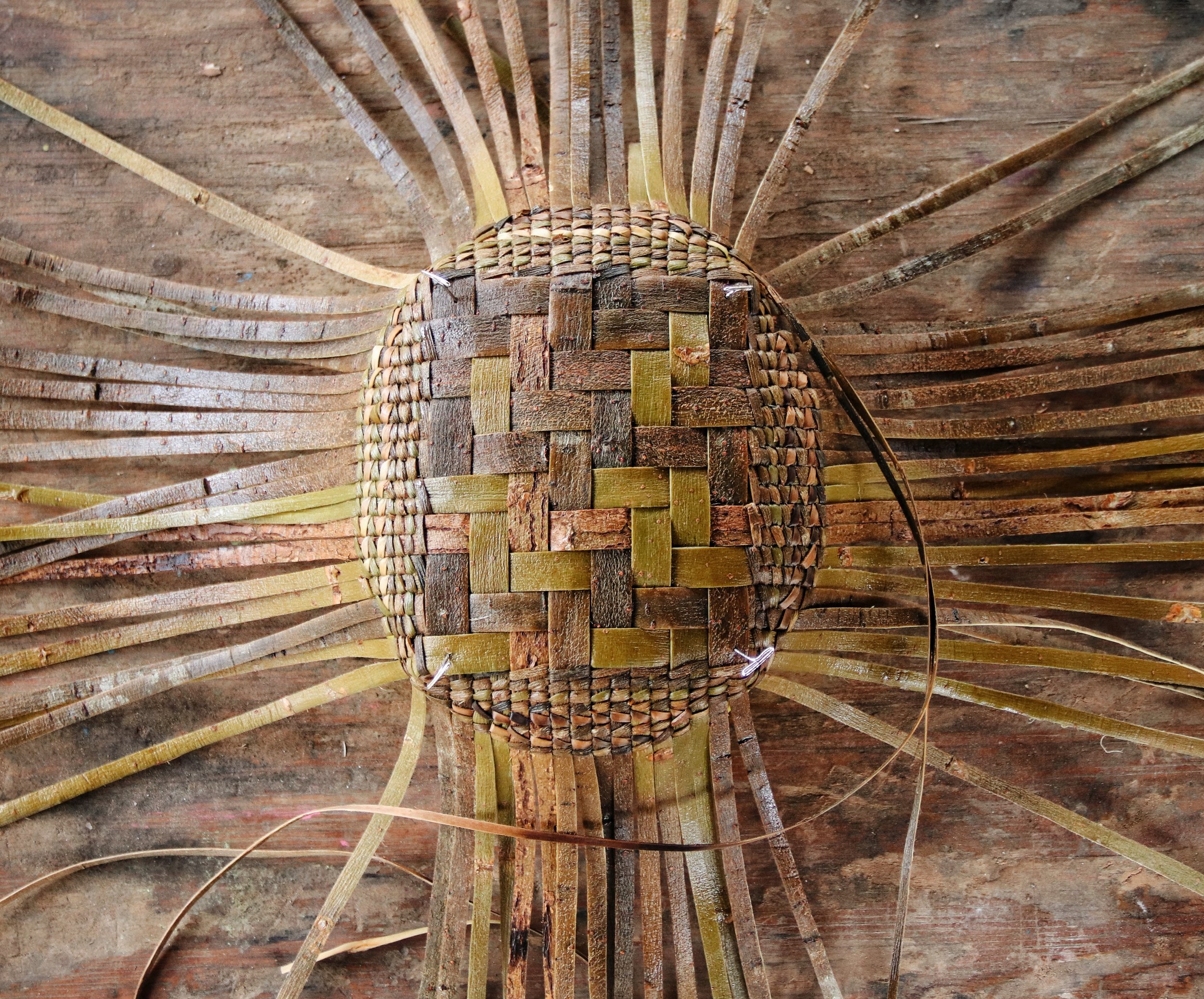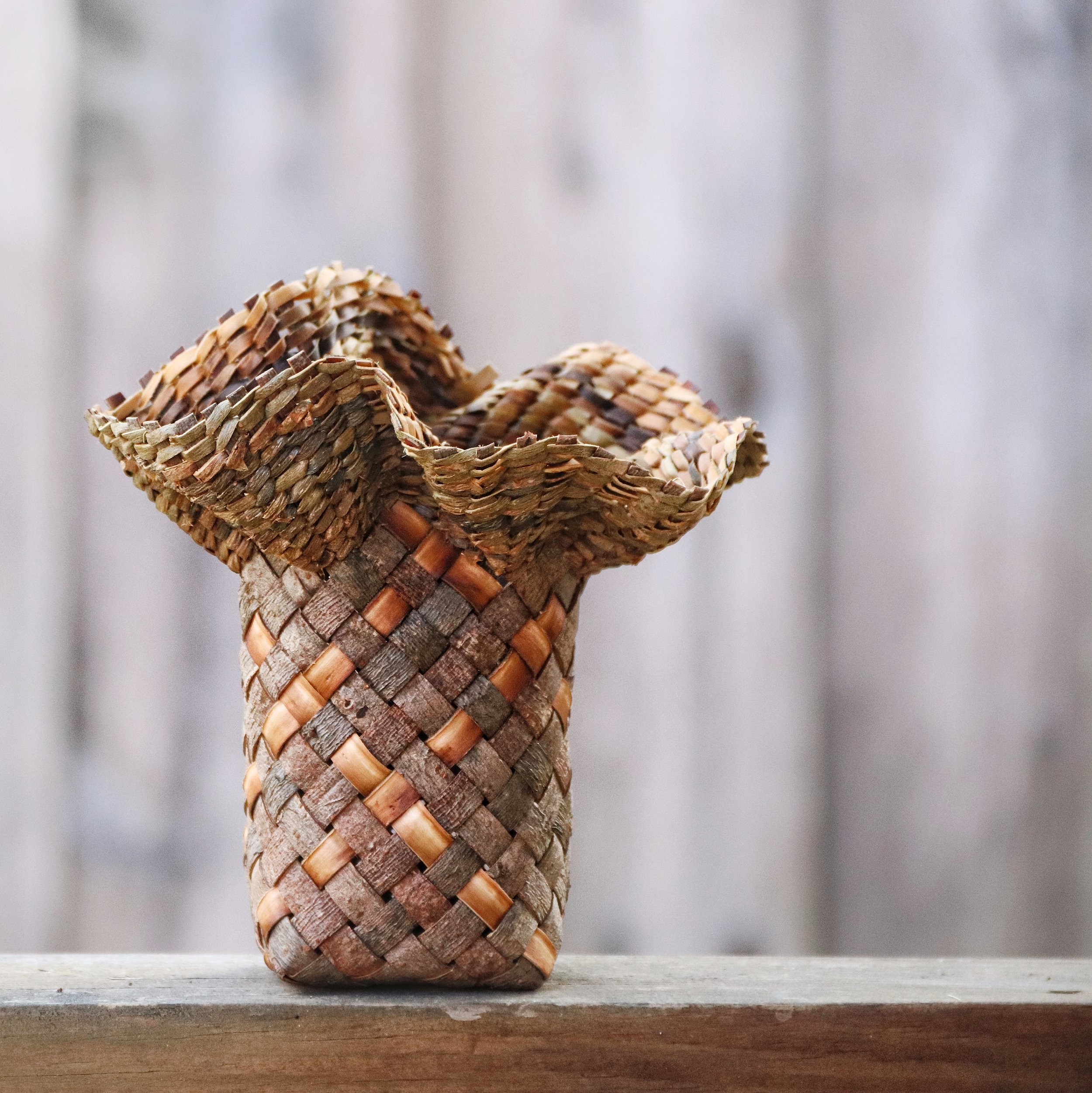Willow Bark Basketry with Judy Zugish at the John C. Campbell Folk School
“The Folk School Changes You” has been a favorite tagline for the John C. Campbell Folk School which has lived up to its promise, in my experience. Back in May of 2016, I walked through that big red door with the “Welcome Home” sign above it, and my life was changed for the better. I listened to Jan Davidson tell the story of the Folk School in my very first morning song, and I think I fell instantly in love with the spirit and connection to craft that the school embodied.
Over the years I’ve had a few chances to continue my learning in this beautiful place, and each year my skills as a maker and craft artist have grown. Thanks to the devotion of spectacular instructors that come from all over to share their knowledge and pass on the living traditions of their craft.
We have all been shaken by the affects of Covid and I was loosing hope that I would be able to find and afford a way to continue my learning the craft of willow basketry. After learning that the Folk School was giving out scholarships to attend classes, I knew this could be my chance to return to the school I love so much. I gathered my references, photos and put together a letter in the hopes to attend a class with Judy Zugish on the techniques of basketry with Willow Bark. I soon learned that I was granted a scholarship to attend the class and it it would be only a matter of months before I could once again walk through that big red door and check in for a week of learning new skills and making beautiful new connections.
There’s no denying the excitement when you get to Brasstown NC, make the turn past Clay’s Corner and head up the hill to check in. You are given your room assignment, name tag and program for the week. Dinner is ready at six and you get to meet your instructor and classmates that night as well. This week I was assigned to the Hubbell House, which is a round style house with two floors. I immediately met one of my first housemates who was attending as an Irish Fiddle student. One of the very best things about the Folk School is the music! “We Sing Behind the Plow” and don’t you forget to make it to Keith House, grab yourself some coffee or tea and start your day with morning song.
On our introduction night I learned I was in a class of eight students. We introduced ourselves to each other, and learned more about our instructor Judy, and the marvelous projects she had in store for us this week.
The first day of class we jumped right into the first project, which was a small willow bark basket that would be worked over a mold or glass jar, that would become part of the basket. Judy has been an instructor at the Folk School for over 20 years and she meticulously arranged all the materials and projects for the week to ensure that we would get a sampling of all the techniques and understanding of this very special form of basketry.
Due to covid, new technology has been added to the classrooms and we utilized these to share our work and discuss the techniques and skills we learned throughout the week. By the morning of the second day we had all completed our first project and were feeling really great. Many of the students in the class had never worked with willow bark, or in the realm of basketry before. This is one of the most beautiful aspects of the Folk School; people come to learn a new skill or a new medium with an open mind and spirit, knowing that an exceptional teacher will guide you on this journey.
Everyone decided the small basket jars would be perfect for holding a small candle. It was wonderful to see all the different designs that each student worked into their piece. I loved how Judy had each of us talk about what we did and why we liked it. Reflecting on our work and sharing inspiration is all part of why learning in this way is so very special and fun.
I have worked with Willow Bark before with a few different teachers, so this style and the techniques required were almost second nature. I decided to push myself a little by trying to incorporate some branches I found outside the classroom. Willow bark is a material that is not very strong, so basket making with it is not typically for function but rather for beauty. When you incorporate a glass jar inside a willow bark weaving piece, it all of a sudden makes it a bit more functional, but why not make it whimsical and interesting as well.
On the afternoon of the second day we were onto planning our next project, and since I was experienced with willow bark I decided to branch out in a different direction than the class (pun wholeheartedly intended). I have not done much twill work with willow bark before and I loved the way it worked so beautifully. Willow bark tends to shrink once it is dried but the tight pack of a twill really helped to hide the more open look the bark takes on once it has dried.
This tray was tricky once it came to the border and I stumbled through three different ideas before coming to the conclusion that I would need an inner and outer rim that would allow me to incorporate some willow roots that I had brought with me to add some soft movement to the piece.
Don’t you just love the texture and color of the bark? Willow bark feels like leather when you are working with it, and then dries back up and the texture of the bark really stands out.
On day three the primary project started! About half of the class decided on working with a larger piece similar to the ones they did on previous days, while the rest of us went on to make Willow Bark HATS! Ahhhhh….so exciting. Do you know anyone with a hat made out of BARK? Well this was our mission, and I was beyond excited to get to start working. Judy brought hat molds or hat “blocks” as they are known. The block allowed us a stable base on which we would start our weaving. The base started with a twill weave, that then got twined to fill in the crown of the hat. Chase twining filled the sides, the brim was completed with a simple weave, and a folded border to finish the rim of the hat.
As the hats became more and more “hat-like” you could feel everyones excitement. The hats took around two and a half days of work so by the end of the last day, every couple of hours there were finished hats on heads, and claps of accomplishment around the room. We marveled at the beautiful insides of our hats. Willow bark has two very distinctive sides, and everyone decided to go with different patterns, making each one individual. My biggest concern the whole time was if my hat would fit my head or not. Will it be too big? Too little? Will it look ridiculous? Once it was finished I ran to the bathroom in the studio to take a look and I was so excited to see that not only did it fit perfectly, but it looked stunning.
I decided to wear my hat to lunch and dinner that day in the hopes that as it dried it would mold to the shape of my head. The response from the rest of the school was so much fun. Everyone wanted to see the hat, touch the hat and SMELL the hat. Willow has a very distinctive and floral tannic smell that is so interesting. It was so much fun to see everyone’s reaction…a HAT…made out of BARK?!?!
One of the things that drives me wild about the folk school, every time you see the amazing work from the classes going on that week, you just want to take every single class they have to offer! You can’t wait to get that catalog in your hands and dream about taking every single class. It’s amazing how spending one week really devoted to one craft can lead to such astonishing results. People who have never touched a craft before go home with beautiful, functional, artistic, experimental projects and heirlooms that they will love and cherish forever.
Before Covid all the classes would get together on the last day to present the work they had done and to give thanks to the amazing teachers that helped during the week. It’s a tradition that I hope will return to the folk school once Covid regulations have eased and we can start to gather again. It is definitely heart warming to see all the smiles and accomplished grins at the end of the week. We put in lots of time and effort to create and learn a craft, and it’s wonderful to receive the reactions and love from the other students you’ve shared the week with.
One of my favorite parts of the week at the Folk School is the after hours work in the studios. Working in pairs or sometimes with the aid of the instructors, those of us who are really dedicated to working as many hours as we can get our hands onto, will return to the studio after dinner.
This week I tried to work as often as I could, and had actually brought some willow bark of my own with me to work on in case I had extra time. I got to finish one more basket in a bias plaited form that took on a life of its own at the top when I split the pieces and added some twining. I also turned two of the primary strips of bark around which resulted in two golden stripes that came up the sides of the basket. Judy uses a lot of copper in her pieces, and I was inspired by one of her signature pieces she had on display. Even though it was quickly worked up after hours it is probably my second favorite pieces I worked on this week.
I got one final shot of the class on the last day before we all said farewell, and left another beautiful week at the folk school behind us. We started the week as a group with mixed skills and intentions, but we left as willow weavers who all learned and inspired each other. Judy Zugish was an excellent teacher who I hope to see again one day in my willow basketry journey.
Check out Judy’s Website and school, Fishsticks Basketry School
With my certificate in hand, baskets tucked into my bags and willow hat on my head, I started the early morning drive, 14 hours back up to New Jersey. These weeks at the Folk School are ones I will never forget. The fun and new friends, laughter and learning stick with you. I urge you to check out the class listings, maybe pick something you’ve never tried before and give it a try. Apply for a scholarship if you need the extra help like I did. I am so grateful to the school for providing me with this opportunity to learn, and I know somehow over the years I will be able to return the favor someway to the school.
I will say that there are talks of perhaps returning to the folk school next year as a teacher myself, a marvelous chance to be among the gracious and gifted teachers that give the gift of passing on the traditions of their craft to the next branches on our family tree. More to come on this opportunity, and this most certainly won’t be the last time you will find me walking through that big red door with a giant smile on my face, ready to start a week of classes again.


